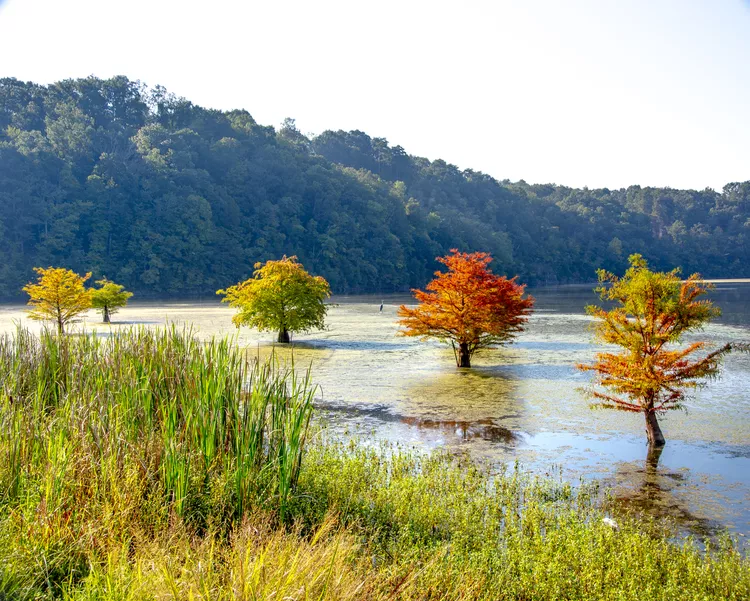Summary
Want to avoid large crowds, packed attractions, and expensive lodging? Make plans to visit Florida during one of the Sunshine State’s off-seasons—spring or fall.
Winter and summer are the two main tourist seasons in Florida. The winter season runs from mid-December through Easter with the influx of the winter sun-seeking snowbirds and spring break participants.
The summer season begins in June as families with school-age children begin arriving for summer vacations, and continues through mid-August when the kids head back to school.
Winter Season Crowds
It is no surprise that the winter months are Florida’s peak tourist season. In most cases, the winter season offers blue skies, warm sunshine, and low humidity. However, the temperatures can get quite chilly. Even freezing conditions are possible once the sun goes down, but those occurrences are infrequent.
Moreover, although technically not winter, Thanksgiving week is hectic. It kicks off the holiday season, while Christmas week is the busiest of the year, pushing tourist facilities and restaurants to their limits.
Visit After Spring Break
As northerners head back to their thawing homes and spring breakers return to school, traffic eases, and so do the crowds in restaurants and attractions. The weather often remains quite pleasant through the middle of May, making this a perfect time to take advantage of substantial discounts and great weather.
Cooler Temperatures Than Peak Season
The summer season from June through mid-August means hot outdoor temperatures; however, that does not seem to deter the crowds. Families with school-age children take advantage of the school break. Consequently, stifling, near-tropical heat and humidity, coupled with terrific, although brief, afternoon thunderstorms either drives tourists indoors or to beaches and waterparks.
Fall Hurricane Season
Beginning in September, the intensity of the sun and humidity decreases enough to enjoy sightseeing any time during the day. However, be warned that Florida’s hurricane season lasts from June to November, with the most intense activity usually occurring during the fall months.
While it is hurricane season and children return to school, this typically results in a lull in travel. Therefore, prices and the availability of accommodations reflect the dip in demand.
Although the likelihood of a massive tropical storm or hurricane hitting during your visit is low, if a storm does approach the horizon, there is usually plenty of warning, and evacuation routes are well marked throughout the coastal areas of the state.
Tourist Season Exceptions
There are a couple of exceptions to the rule for Florida travel concerning Port Canaveral and Key West—their seasons differ.
The area near Port Canaveral, a very popular cruise ship port on Florida’s East Coast, known as the Space Coast, has very few off-season weeks. Cocoa Beach, Melbourne, and Titusville are busy accommodating the booming cruise line industry year-round. If there are no special events taking place, you may find some weekend specials through the summer months.
The Florida Keys is another area that is an exception. The summer months are considered off-season, and visitors will discover that rooms are cheaper, while Key West experiences fewer crowds during the summer. Keep in mind that the Keys remain a popular weekend destination for many Florida residents seeking relief from the intense heat and humidity, so you may want to avoid the weekend traffic crush by limiting your visit to weekdays.





